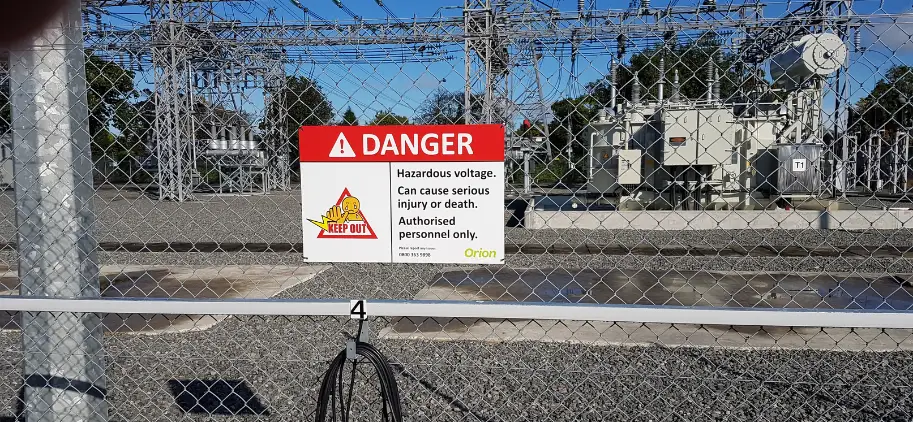Choosing between reflective and non-reflective signage is a critical decision that impacts the visibility, compliance, and safety of your signage strategy. This guide dives into when and why to opt for either, aligning with the AS/NZS 1319:1994 standards where relevant, to ensure your signage not only meets legal requirements but optimises visibility and safety.
Non-Reflective Signage: The default choice for most scenarios, non-reflective signs are suitable for well-lit areas where additional illumination isn't necessary. They are cost-effective and cover a broad range of uses from informational to warning signs within occupational environments.
- Retroreflective Signage: Ideal for poor lighting conditions, retroreflective signs are designed to bounce back direct light to its source, significantly enhancing visibility. According to AS/NZS 1319:1994, reflective signage is crucial when signs need to be visible in low-light conditions, ensuring safety messages are clearly communicated.
When to Use Retroreflective Signage
Reflective signage, or more accurately, retroreflective signage, plays a pivotal role in maintaining safety and direction in poorly lit environments. It's essential for:
- Roadway and Traffic Signage: Commonly used for road verge markers, speed limits, and directional signs, ensuring drivers receive clear, visible cues.
- Occupational Safety: In alignment with AS/NZS 1319:1994 Section 3.5.2, retroreflective signs are vital in work areas with low illumination where light sources align closely with the observer's line of sight. This standard underscores the importance of retroreflectivity in safety signage, especially in ensuring the sign's visibility under poor lighting conditions.
When Not to Use Reflective Signage
Adhering to local transport authority guidelines is crucial, as they dictate the use of reflective signage near roadways. Proximity restrictions often apply, limiting reflective signage use within certain distances from the road verge, thus necessitating non-reflective signs in many instances.
Types of Reflective Signage
Reflective signs come in two main varieties:
- Fully Reflectorised: Both the sign's background and the text or symbols are reflective, maximising visibility.
- Partially Reflectorised: Only the background is reflective, used where contrast between the sign's elements and its illumination is necessary.
Complying with Standards
AS/NZS 1319:1994 specifically addresses the application of retroreflective signs, noting their utility in conditions of poor illumination, where the observer's perspective and the light source are almost in direct alignment. This standard also sets forth requirements for contrast ratios, ensuring that signs are not only reflective but also readable under the intended lighting conditions.
Conclusion
Whether to use reflective or non-reflective signage hinges on the specific requirements of the setting, including lighting conditions, regulatory compliance, and the intended message. For environments with poor lighting or for roadway safety, retroreflective signage offers enhanced visibility and safety, in line with AS/NZS 1319:1994 standards. Understanding these guidelines ensures your signage strategy is not only compliant but effective in conveying safety messages clearly and effectively. Identimark's commitment to these standards, coupled with our innovative U3 signage and recycling program, underscores our dedication to offering sustainable, compliant, and highly visible signage solutions tailored to your unique needs.
